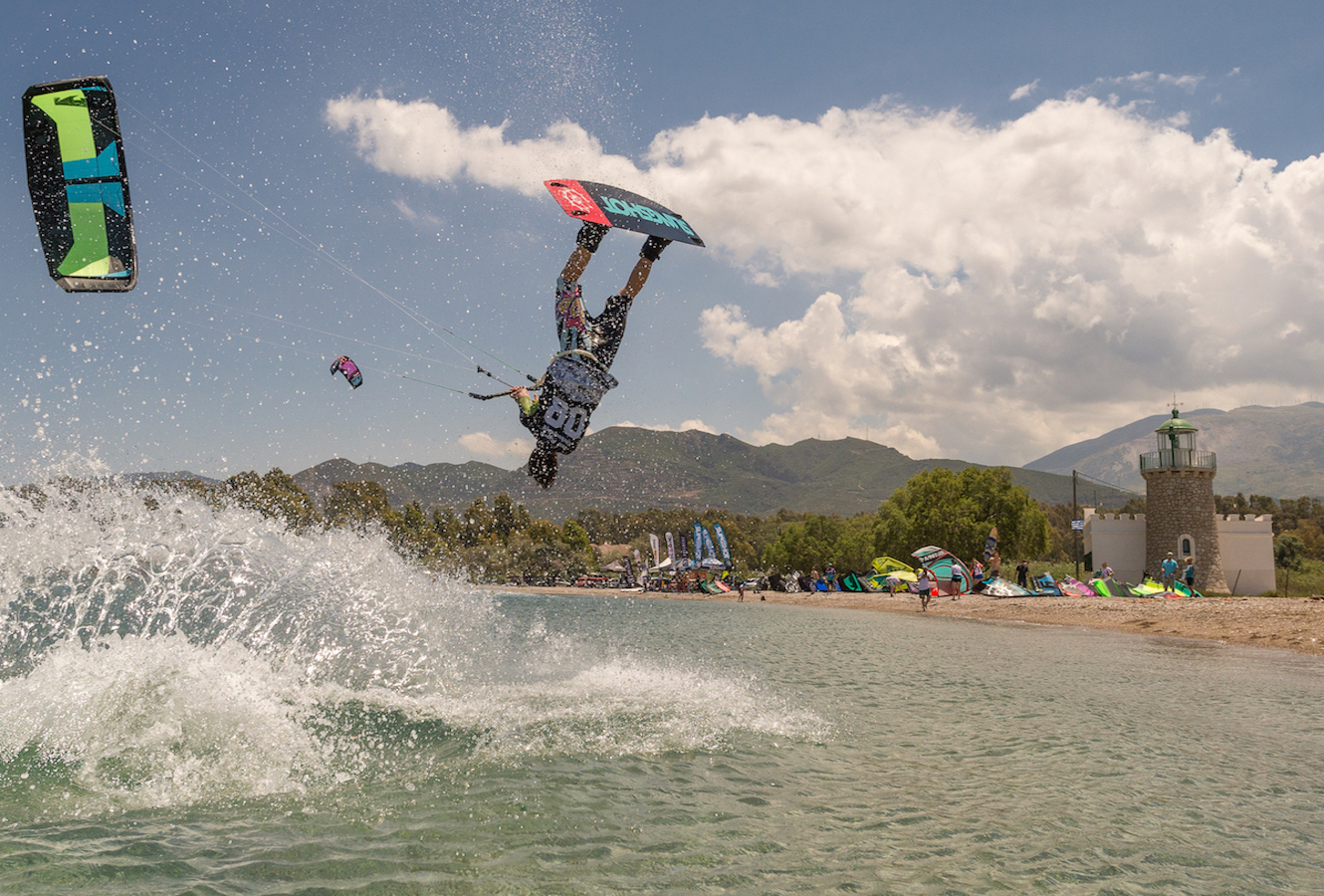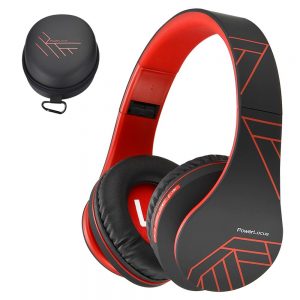What is kitesurfing? Well a dictionary definition would probably list it as an is “a surface water sport that uses the wind to pull a rider through the water on a small kiteboard” but that’s really missing the point. Kitesurfing is all about the rider using a kite and its force to direct them over the surface of the water using the same basic principle as sailing. The rider is attached to the kite via a harness that gives balance and control over the kites direction and speed. You can kitesurf on most open areas of water which can be deep or shallow, calm or rough and if possible with constant winds of between 8 and 50 knots. To be able to kitesurf you will require certain skills. The first and probably most important is the ability to fly and control the kite, which is your main source of propulsion. Once the ability to fly the kite has been mastered the rider must then learn how to ride the board and use the kite to propel them across the water surface by flying the kite in the correct zone consistently to produce enough force to propel both rider and kiteboard. Once the rider has become efficient at the basic they can attempt more complex manoeuvres such as jumps and tricks.

Due to the nature of the sport and its associated freedom, there is no limit to the scope of the manoeuvres and tricks that can be achieved. It is worth pointing out that kitesurfing can be dangerous to both the kitesurfer and other users of the water and surrounding areas, with this in mind it’s essential that people interested in the sport first take professional lessons from a kitesurfing school. Well, first let’s look at the kite itself, it’s not one of those plastic and bamboo efforts you played with on the beach as a kid that for sure. In kitesurfing, the kite is the means of propulsion, it’s the engine and needs to be able to grab the wind. To achieve this the kite uses a framework to add rigidity, the framework is often made from inflatable tubes, solid battens or a double layer of cloth. This gives the kite a cell arrangement which helps maintain a fixed shape. Inflatable kites are more common as they are considered easy to re-launch after a crash into the water. Most kites are controlled by bars which include a “depower” system which reduces the kites angle of attaching to the wind, thus catching less wind and reducing power. Bars are also more suitable for one-handed riding which gives the kite surfer more scope when performing tricks and jumps. Visit the below mentioned site, if you are looking for more details on kiteboarding lessons.
Connecting the bar to the kite is achieved by a system of lines manufactured from non-stretch materials. A number of lines and complexity varies depending on the type of kite but normally there are 4 or 5 lines with a typical length of 23 meters. Kitesurfing harnesses come in several forms, seats with leg loops, waist or vest. The harness attaches to the control bar and takes the majority of the strain applied via the kites pull off the rider’s arms. Most serious injuries that occur whilst kitesurfing are due to being lofted into the air or dragged out of control resulting in collisions with hard objects including sand, water, buildings and power lines. Yes, it is possible to seriously injure yourself colliding with water from height at speed! Lofting and dragging often happen in excessive weather conditions so a good understanding of the weather is a must. You should always have a buffer area downwind of any hard or hazardous objects to give yourself enough reaction time. Never ever kitesurf alone, always take a friend and keep an eye on each other. Finally get some kitesurfing training, it’s the only way to start and enjoy kitesurfing and there are loads of great schools offering kitesurfing lessons.








